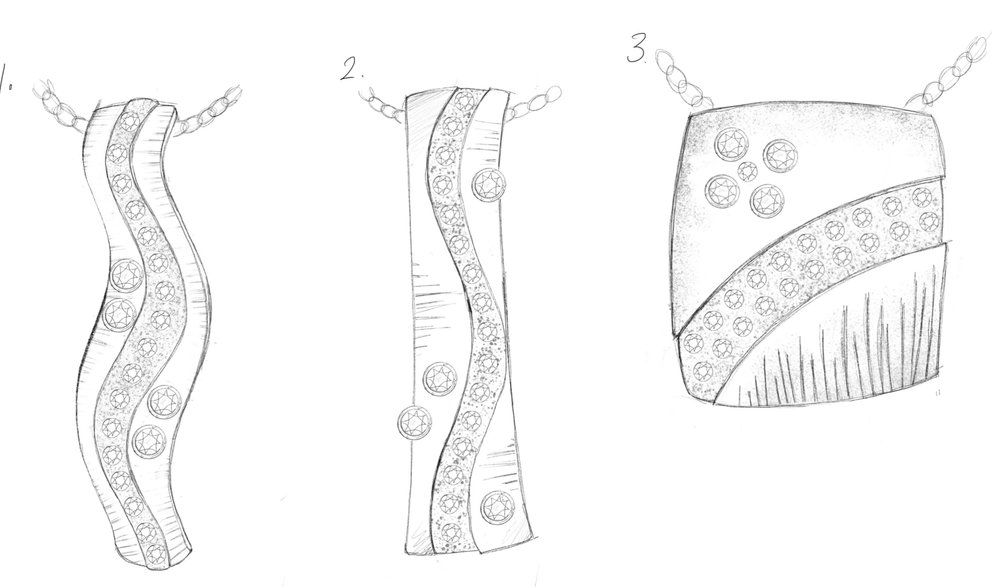Sears Hometown files for bankruptcy amid disputes with ‘new Sears’

Dive Brief:
-
Sears Hometown Stores, a home goods-focused offshoot of the failed retail giant, on Monday filed for Chapter 11 bankruptcy in Delaware. The company has less than $50 million in assets, but $50 million to $100 million in liabilities, per court documents.
-
The chain, including locations run by independent dealers, has about 121 stores in 26 states and Puerto Rico, down from nearly 500 when TransformCo, also known as “new Sears,” reacquired it.
-
Sears Hometown relies “substantially on TransformCo to provide key products and services,” and the bankruptcy is necessary in part because TransformCo failed to do so, according to a court filing from Sears Hometown CEO Elissa Robertson.
Dive Insight:
These days, with its last stores limping along, it’s easy to forget that Sears was once at least as disruptive to the retail industry as Amazon has been. Only shards of the company, owned and operated by various controlling entities, are left, and they too are receding.
In August, “old Sears,” the remnants of the retailer that itself was in bankruptcy four years ago, settled with its former CEO, Eddie Lampert, who also now leads “new Sears” or TransformCo. At issue were allegations of asset stripping and “rank” self-dealing in the years leading up to that bankruptcy.
The situation at Sears Hometown as described by Robertson employs a similar system of fees and controls. In 2019, Lampert and ESL stymied an effort to liquidate Sears Hometown, replacing two board members and changing its bylaws.
Now, Sears Hometown estimates it owes about $3 million to TransformCo, which in turn is largely owned by Lampert’s investment firm ESL, per the court documents. In the past year, disputes arose between Sears Hometown and TransformCo around finances and inventory. In particular, a “lack of inventory has caused a rapid downward spiral that contributed to the filing of these Chapter 11 Cases,” the company wrote.
TransformCo did not immediately respond to Retail Dive’s request for comment.
Sears Hometown also noted in court papers that its “financial performance has suffered over the last few years from a number of factors, including declining sales, rising costs and the ‘hangover’ from the COVID-19 pandemic.” In 2021, the retailer’s operating loss reached $16.2 million and net losses from continuing operations was $18.3 million. The company attempted to right the ship by closing unprofitable stores, cutting expenses and instituting a direct-ship sales arrangement with vendors. The company “also reached out to several potential strategic buyers in January 2022 to assess interest in the company,” per the documents.
As relentless as the decline seems to have been, it wasn’t inevitable, given that the chain’s home focus, store size and location were advantages, according to GlobalData Managing Director Neil Saunders.
“In practice, these advantages were squandered,” he said in emailed comments. “Transformco has done very little to market and promote Sears Hometown, nor has it done much to differentiate the chain. Instead, it has followed the similar pattern of continual decline that has been the hallmark of Sears, with hundreds of stores closing earlier this year.”
With former Sears brands like Craftsman now licensed and available at competitors, Sears Hometown’s merchandise was less differentiated, and the company has lost share to the likes of Best Buy and home improvement chains, Saunders also said. And the pandemic-related boom in home sales has abated, he said.







